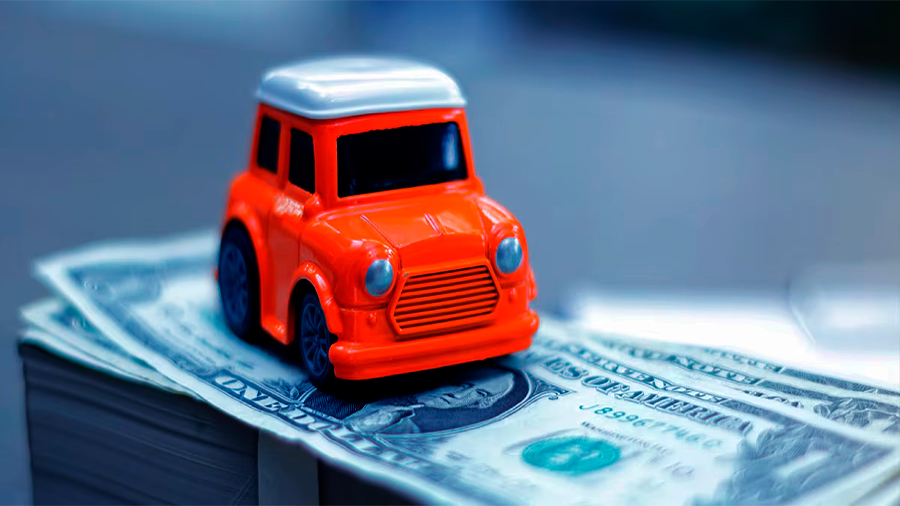Car Loans Without Demand: How Car Dealerships Stimulate Artificial Interest
When demand for cars falls, dealerships do not simply wait for the market to recover. Instead, they push financing schemes, promote zero-interest options, and advertise small monthly installments to convince hesitant buyers. These tactics create the impression of affordability and stimulate sales, even when consumers are cautious. The strategy works in the short term: credit-based offers keep cars moving off lots and cash flowing into dealerships. But beneath the surface, questions remain. Is this real demand—or is it an artificial cycle built on borrowed money that may not hold up in the long run?
Why Dealerships Push Loans When Demand Weakens
Declining demand is one of the toughest challenges for car dealerships. Rising inflation, higher borrowing costs, or shifting consumer preferences toward used cars can leave new inventory sitting idle. Yet dealerships face fixed expenses: payroll, inventory financing, advertising campaigns, and property leases. Financing promotions become a lifeline. By offering low or zero-interest loans, extended repayment plans, or “buy now, pay later” schemes, dealerships lower the psychological barrier to purchase. Consumers focus on the monthly installment, not the final cost. This approach turns what feels unaffordable into something that appears manageable. Even if people did not intend to buy a car, the perception of a bargain can nudge them into taking on debt. Dealerships know they are not just selling cars—they are selling the illusion of financial comfort.
Affordability as the Hook
Shoppers often ask, “Can I afford the monthly payment?” rather than, “How much does this car cost?” Dealers exploit this mindset by structuring loans that highlight affordability up front, while hiding the long-term cost in fine print.

The Psychology Behind Artificial Demand
Artificial demand thrives on psychology. Loans reduce the immediate financial burden and give customers the sense that they are making a controlled decision. Instead of parting with tens of thousands in cash, they see a small monthly figure, which feels safe and predictable. Dealerships reinforce this narrative with slogans about convenience, access, and opportunity: drive today, pay tomorrow. The strategy is effective because it reframes a car purchase as a lifestyle choice rather than a financial strain. However, this demand is fragile. Once promotional terms expire or household budgets tighten, buyers may find themselves trapped in repayment schedules that no longer feel manageable. Defaults and repossessions can follow, leaving dealerships with the illusion of sales but the reality of long-term instability.
Short-Term Gains vs. Long-Term Strain
Financing campaigns generate a quick bump in sales figures. But if too many buyers overextend, the system becomes unsustainable. Defaults rise, repossessed vehicles flood the market, and consumer trust declines.
How Car Financing Schemes Work
Car financing is structured to look irresistible. Common tactics include zero-interest loans, balloon payments, deferred starts, and ultra-long repayment terms. Each scheme lowers the entry point, making vehicles appear affordable even when the overall financial commitment is steep. In practice, dealerships and lenders rarely lose money on these offers. The interest is often hidden in higher car prices, extra fees, or inflated insurance add-ons. Balloon payments, for example, let buyers enjoy low monthly installments but hit them with a large final bill, creating repayment risks. Deferred start loans tempt buyers with “no payments for six months,” but interest often accumulates silently during that period. These schemes sustain dealerships by manufacturing demand, but they also create hidden liabilities for buyers.
Common Loan Tactics Used by Dealerships
| Scheme | How It Attracts Buyers | Hidden Impact |
|---|---|---|
| Zero-interest loans | Make monthly costs look cheap | Car price inflated to cover the loss |
| Balloon payments | Keeps installments low at first | Large final bill can overwhelm buyers |
| Deferred start | “Buy now, pay later” appeal | Interest accrues before payments begin |
| Extended loan terms | Spreads cost over many years | Total repayment higher, resale value erodes |
Why Artificial Demand Distorts the Market
Artificial demand creates misleading signals. On paper, sales look strong, suggesting consumer confidence. In reality, sales are driven by financial engineering, not genuine buying power. This distorts supply and pricing strategies. Manufacturers may produce more vehicles, believing demand is healthy, only to find showrooms once again clogged with unsold cars once promotions fade. For consumers, the distortion is personal: they may end up locked into loans for cars they did not truly need or could not realistically afford. For the broader economy, the distortion shows up as increased household debt, which becomes a vulnerability during downturns. When incomes stagnate or unemployment rises, repayment stress spreads quickly.
The Hidden Costs of Stimulated Demand
Artificial demand does not just affect dealerships—it weakens household finances. Families burdened with high debt from car loans often cut spending elsewhere, slowing other sectors of the economy.

The Broader Economic Context
Car loan-driven demand mirrors credit-fueled growth in other industries. In housing, retail, and consumer electronics, lenders often step in to maintain momentum when demand weakens. The result is a cycle where credit props up sales, but long-term sustainability is questionable. For car dealerships, this cycle is especially precarious. Vehicles are depreciating assets, meaning the moment a car leaves the lot, its value begins to drop. Loans extend repayment far beyond the period when the asset retains strong value. For buyers, this can lead to being “underwater”—owing more than the car is worth. For lenders and dealerships, defaults and repossessions eat into profits, forcing reliance on more aggressive promotions. Artificial demand does not fix the underlying issue of weak confidence—it simply delays the reckoning.
When the Cycle Breaks
When interest rates rise or inflation tightens household budgets, credit-based demand collapses. What was once a steady stream of car sales can turn into a flood of defaults, leaving dealerships and lenders scrambling.
A Forward-Looking Perspective
The future of car loans may evolve alongside broader changes in mobility. Electric vehicles, subscription models, and digital financing platforms will reshape how credit is offered. Instead of long-term loans for ownership, flexible credit systems may emerge to support shorter leasing cycles or on-demand access to cars. Fintech-driven lending could streamline approvals and tailor repayment structures to income, reducing some risks of overextension. Yet the temptation to manufacture demand with attractive credit will remain. As consumers face new economic pressures, dealerships will likely keep using financing as a lever to sustain sales. The challenge for the industry will be finding ways to balance genuine demand with credit-driven incentives—ensuring that future growth is not just a short-term illusion.
Conclusion
Car loans have become more than financing—they are survival tools for dealerships in times of weak demand. By making cars look affordable through carefully structured loans, dealers stimulate artificial interest that keeps sales numbers afloat. While this strategy works in the short term, it masks deeper vulnerabilities in consumer confidence and economic health. Artificial demand risks creating cycles of debt, defaults, and market instability. The pattern reveals a broader truth: growth built on credit is fragile, especially in industries tied to depreciating assets like vehicles.












